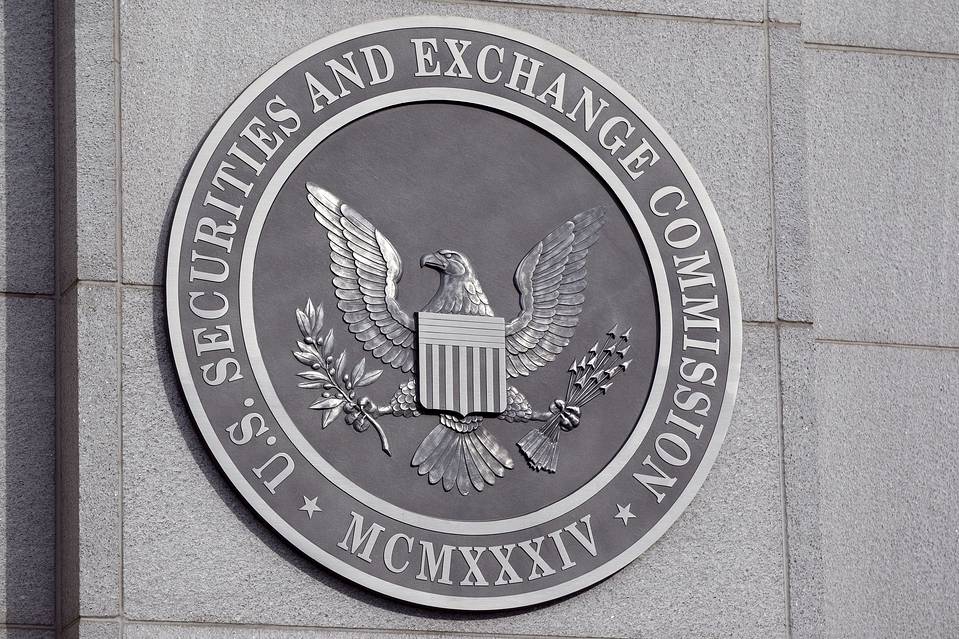In an attempt to obviate another mini-flash-crash scenario in the equities market and stock exchange traded funds, the U.S. Securities and Exchange Commission approved plans to allow the New York Stock Exchange to speed up and smooth out early morning trades during more volatile conditions.
The SEC said the NYSE could allow stocks to open for trading on particularly volatile days without the need of clear price disclosure that is normally required before trading opens, reports Chuck Mikolajczak for Reuters.
The NYSE asked for the new rules after the disorderly open on August 24, 2015, which caused a record intraday drop in the equities market and ETFs.
On August 24, 2015, some ETFs traded at steep discounts to their NAV. SEC economists have blamed the volatility on a perfect combination of heightened trading volume and a withdrawal of liquidity by market makers.
Authorized Participants or market makers create or redeem shares of ETFs to keep an ETF’s price in line with that of its underlying net asset value. The arbitrage process helps make sure investors do not buy or sell ETF shares at prices that deviate too far away from the fair value of the fund’s underlying assets.
Related: SEC Scrutinizes ETF Industry, Mulls New Rules
Market observers blamed the disconnect between ETFs and their NAV to Rule 48 on the New York Stock Exchange. The NYSE invoked Rule 48 multiple times to prevent panic trading during market open in August 2015. The relatively new rule allows stocks to open without price quotes ahead of time to allow a more orderly stock market open when there is expected to be large price gaps. However, since it required human judgement on the prices of individual stocks, many securities were stuck in a holding pattern on August 24, which the diminished transparency into pricing and affected market makers’ ability to calculate at what price to step in. Consequently, ETF prices plunged lower as orders failed to get filled.
